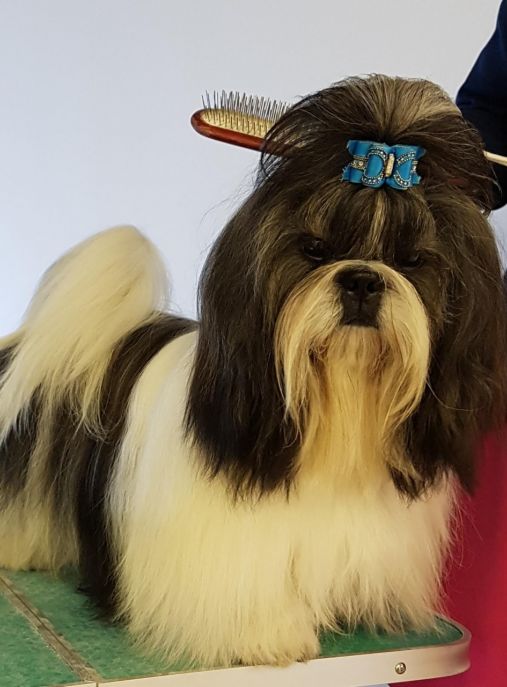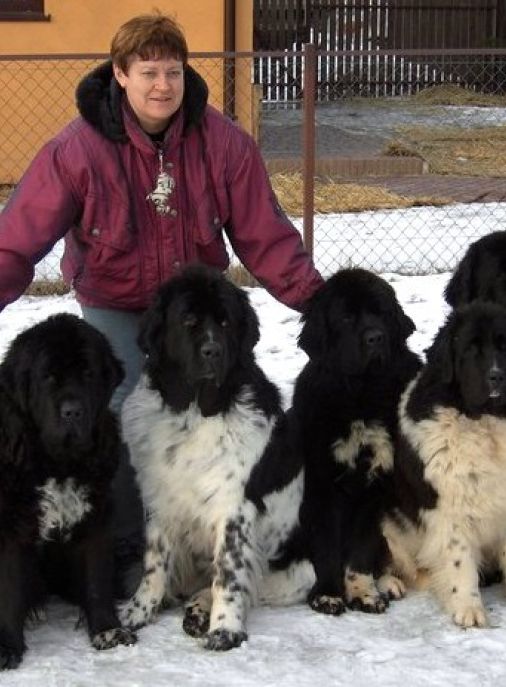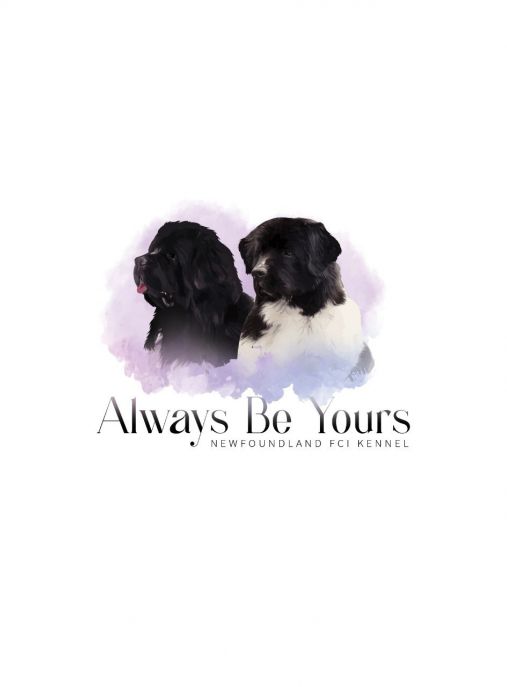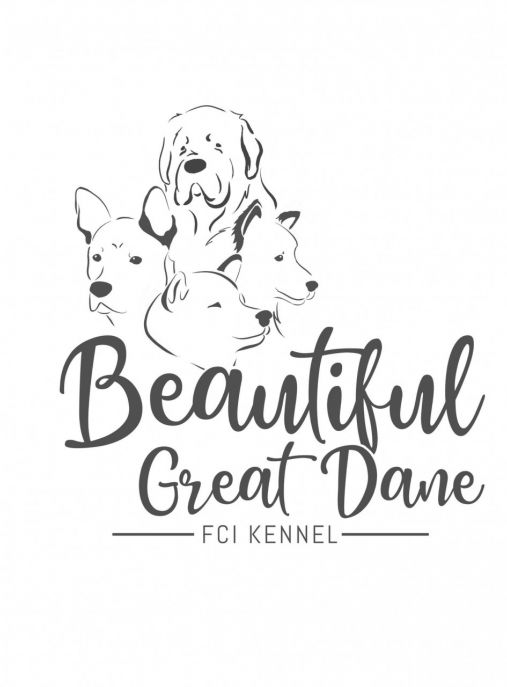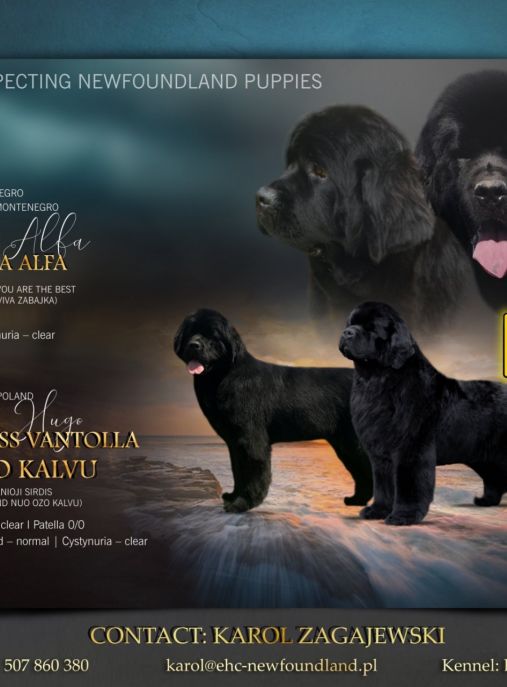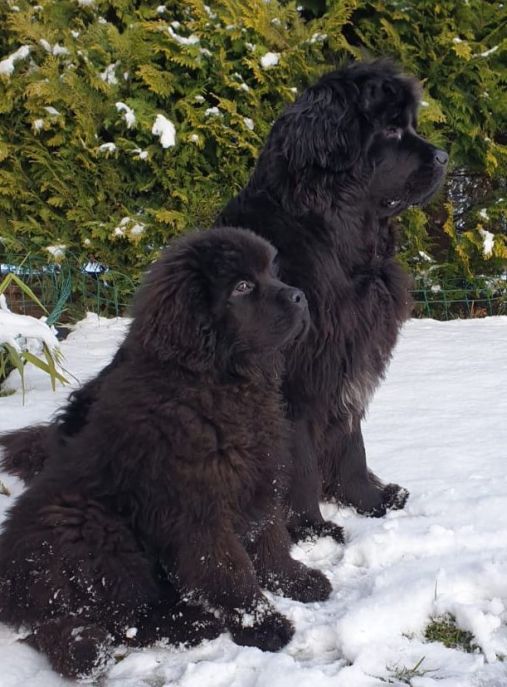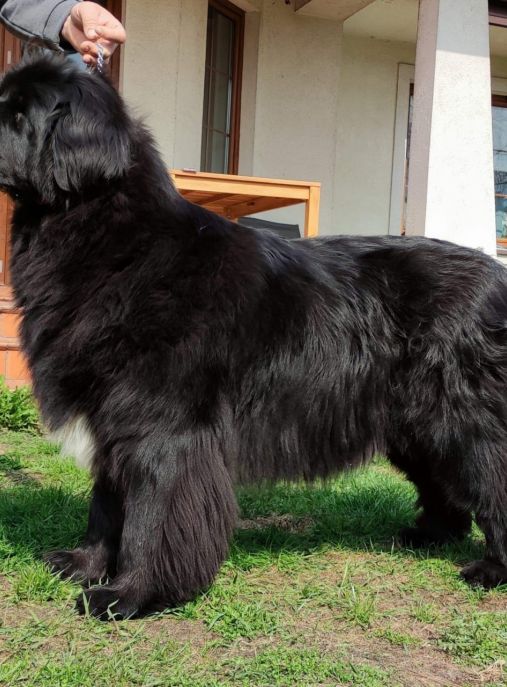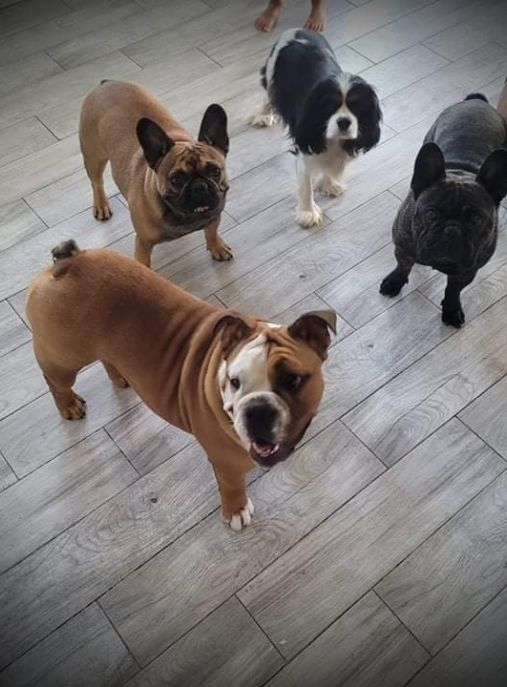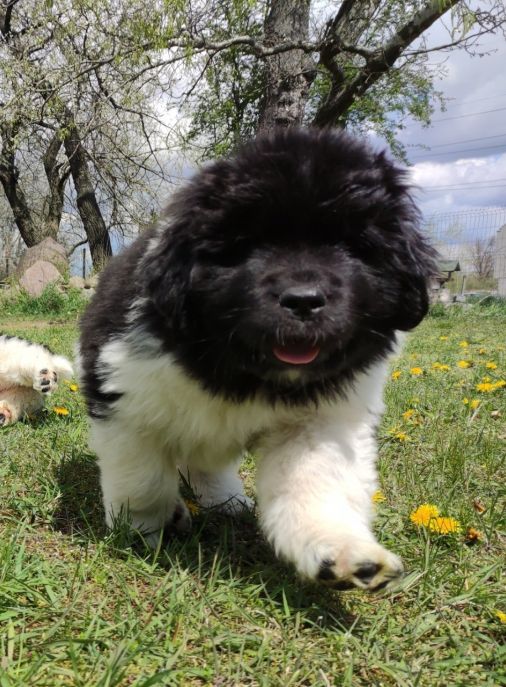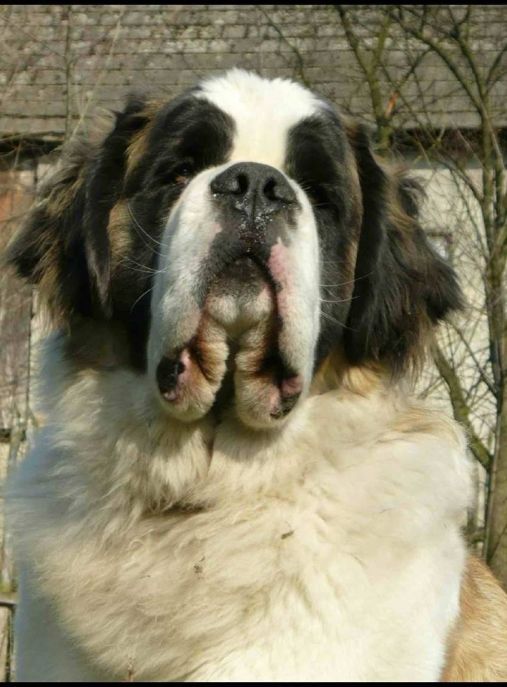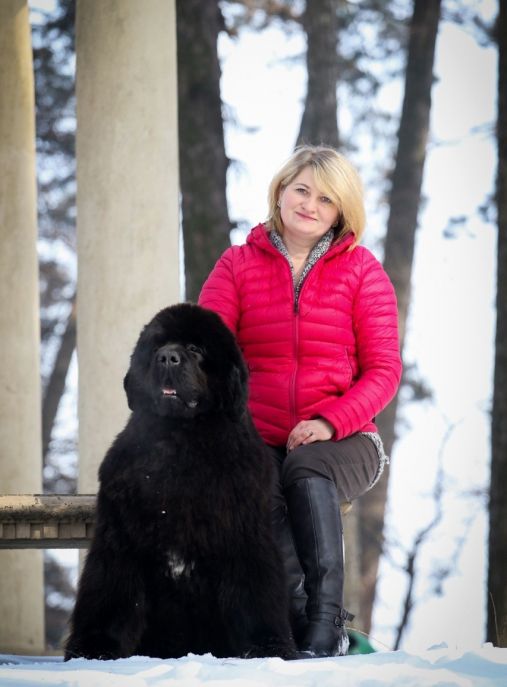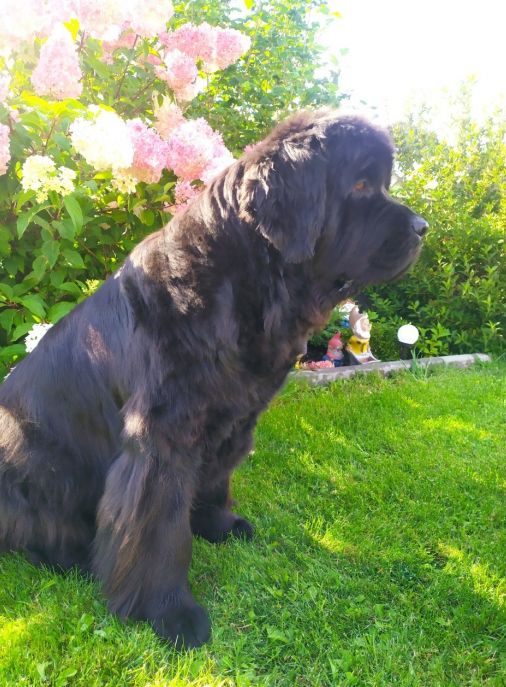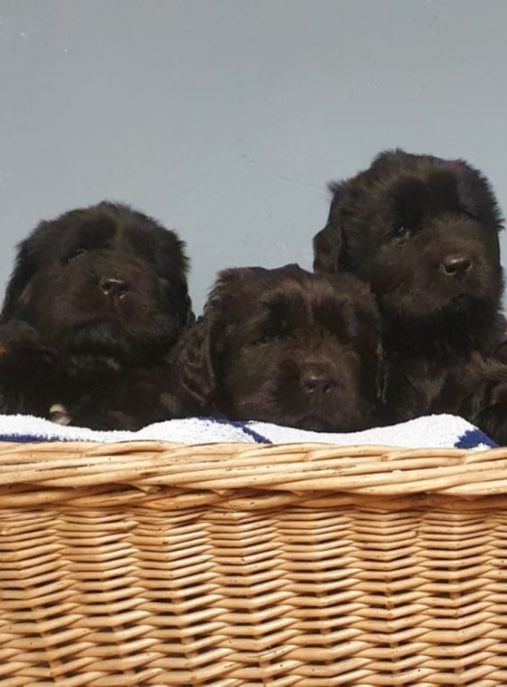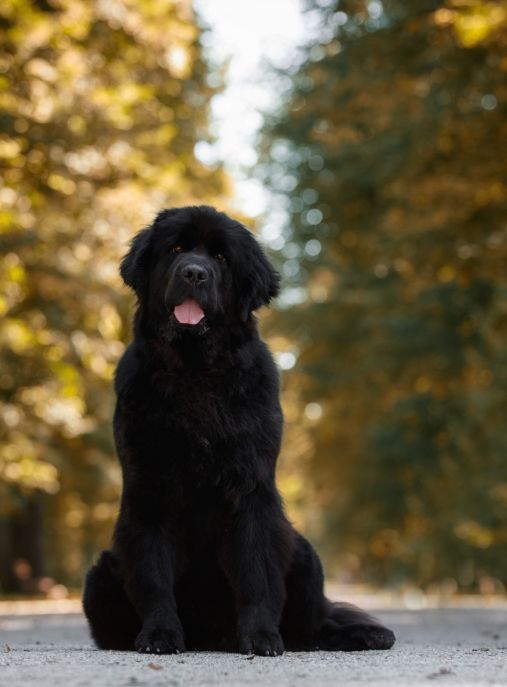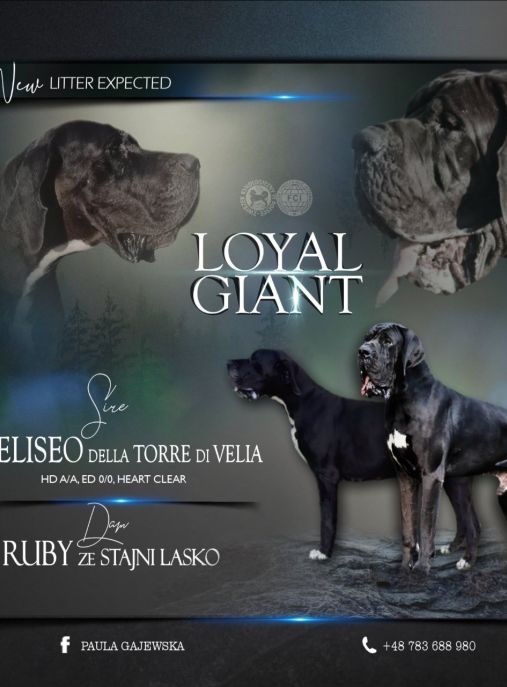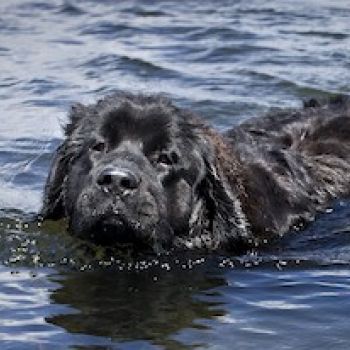The origin of the Newfoundland is not exactly known. It probably belongs to a rare group of dogs from North America. Kynologists speculate that the Newfoundland is mixed with the blood of a Labrador, Scandinavian draft dog, Leonberger, Bernardine, Pyrenean mountain dog, Kuwaiti, Tibetan Mastiff, and Portuguese Water Dog. Initially, they were large black and white dogs, then smaller black dogs from the southern island of St. Johns.
This breed was created in Newfoundland from local dogs and dogs brought by the Vikings after 1100. They were large black dogs used for hunting bears. Many other dogs brought to the island by fishermen also contributed to the final appearance of the Newfoundlands. Newfoundland dogs were used to transport large and heavy loads, and also acted as rescuers.
The Newfoundlands helped fishermen in their daily work: they hauled nets, protected ships and cargo, and saved shipwrecked people. They were very kind and nice. Legend has it that Napoleon, on exile, fell overboard and was saved by a Newfoundland named Boatswain. The spotted variety of the Newfoundland was immortalized in the paintings of Sir Edward Landseer (1802-1873). Lord Byron also admired it.
This bearish dog replaced the landseer, which was then popular in the circles of wealthy British people. A strong instinct to grasp whatever is in the water and a waterproof, greasy coat make the Newfoundland a great swimmer. A passion for water and an innate love of retrieving make the Newfoundland, even today, an ideal dog for water rescue.
- Life Expectancy: 8-10 years
- Height at the withers: male - 71 cm
- Height at the withers: female - 66 cm
- Male weight: approx. 68 kg
- Female weight: approx. 54 kg
The Newfoundland is a massive dog with a strong and well-muscled body, but harmonious movements. It is a dignified, cheerful dog known for its undisturbed gentleness. The Newfoundland dog is very calm, not noisy and devoid of aggression. It is a balanced and intelligent breed. Newfoundland is emotional, quick-witted and straightforward. It has a kind attitude towards the world.
The Newfoundland needs a lot of space, loves being outdoors and being in close contact with its family. Its low degree of subordination and large body weight are not conducive to strong physical activity in the company of a human being. It will be content with walks. It loves the harsh climate and frequent baths in water. This dog will find itself both in the city and in the countryside, as long as it is with its owner. This dog cannot be left alone, it will feel unhappy and unloved.
This dog easily learns the rules of mutual intercourse. It loves children and is their compatible companion. It should be given a lot of attention, because only then does it feel accepted and happy. It is sensitive to voice, it likes praise. Another dog, animal or guest with friendly intentions will be warmly welcomed by the Newfoundland.. It's not very vigilant, but it can protect its family. A young and temperamental dog, however, must be consistently led. Otherwise, it will get its way, which may not be necessarily peaceful. Long trips should be avoided until the dog is fully grown.
The Newfoundland's long coat is resistant to soaking and dampness. It requires constant care, especially during the shedding period.
Brush your dog regularly, especially around the rump and other areas where felting forms. Trim excessively growing hair between your dog's toe pads. If your dog takes regular baths, such as in a lake, check its ears carefully after each bath and clean them if necessary.
The long coat perfectly protects the Newfoundland from frost, so it can stay in the yard for a long time. However, this breed is not suitable for being out in the yard all the time. Like any dog, it needs a human being with it. Dogs of this breed tolerate heat very badly. In summer, it should be provided with a shaded and cool place.
The color of the Newfoundland may be:
- black
- brown
- black and white
The Newfoundland coat is waterproof with an undercoat. The top coat is of medium length, straight and must not be curly. The undercoat is soft and dense, especially in winter. On the head, muzzle and ears, the hair is short and fine. Trimming or cutting is not recommended.
The most popular diseases in Newfoundlands are hip and elbow dysplasia, and cystinuria, which is the formation of stones in the urinary bladder. Another problem is genetic aortic stenosis (SAS), which can cause sudden death at an early age. Examine your dog for cardiac diseases.
Newfoundland's meals must be easy to digest and not too plentiful so as not to overburden the dog's stomach. Some individuals tend to gain weight. Provide meals at regular times and do not overfeed your dog. Make sure that the food is valuable and rich in nutrients. The food should be of high quality with a high meat content. An excellent alternative to dry food is the Barf diet, based on raw meat, cartilage bones, raw offal, without the addition of rice, pasta or groats. In diets that we will prepare ourselves, we should remember about additional supplementation. However, before giving the dog any supplements, e.g. calcium, consult a veterinarian and do a basic morphology. Otherwise, we may unknowingly harm the dog.

